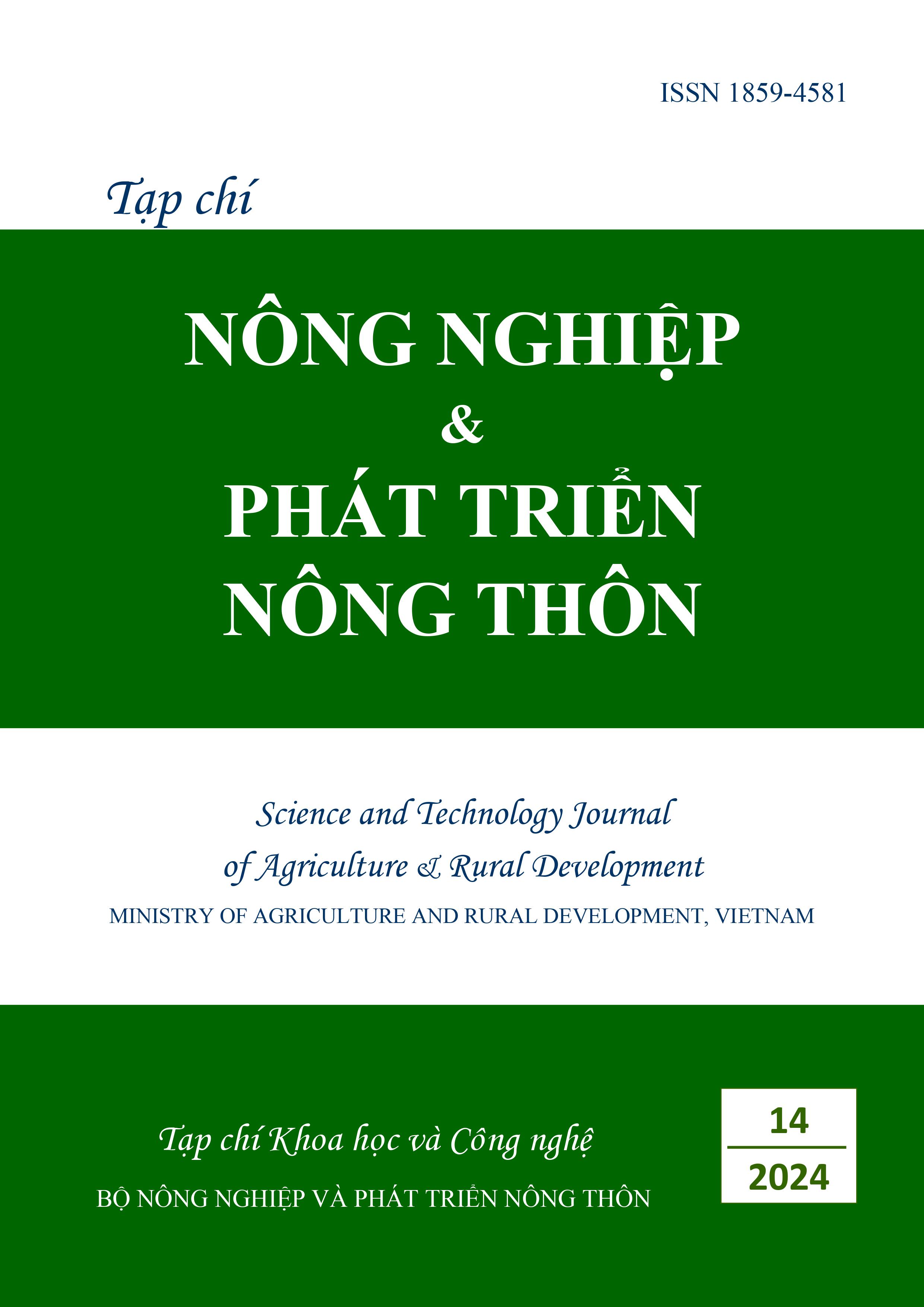Growth and total inorganic nitrogen and phosphorus removal efficiency of three canna varieties planted in municipal wastewater
DOI:
https://doi.org/10.71254/6dr7q667Keywords:
Canna generalis, constructed floating wetlands, removal efficiency, water pollution, municipal wastewaterAbstract
Using constructed floating wetlands (i.e., floating plant rafts) to improve polluted water environment has been concerned around the world and Vietnam. The research was carried out under experimental conditions in the net house to select a hybrid canna variety (Canna generalis) with good growth potential and high efficiency in treating nitrogen and phosphorus in municipal wastewater. The experiment was arranged in a completely randomized design with four treatments including three Canna varieties: with pink, red and orange flowers and the unplanted treatment (control) in four replications. After 8 weeks of experiment, the three Canna varieties were all able to grow and develop well in municipal wastewater. Among them, the orange flower Canna grew better than the other two varieties and provided the highest fresh biomass of 602.3 g/plant within 8 weeks, 1.5 times higher than the red flower variety (396.8 g/plant) and 2.5 times compared to pink flower variety (254.1 g/plant), with an increase of 18.9 times; 9.4 and 7.5 times that of the initial plants. The average concentration of total dissolved nitrogen (TIN) and total phosphorus (TP) in municipal wastewater before treatment was 19.07 and 2.55 mg/L, after 7 days treatment that reduced to 0.30 - 0.91 mg/L TIN and 0.21 - 0.46 mg/L TP. The concentration of TP in treated water in pink flower Canna was higher 1.5 times compared to QCVN 08:2023/BTNMT (Table 2; column B; TP £ 0.3 mg/L). The treatment efficiency of orange, red and pink flower Canna were 95.6; 95.7; 88.3% TIN and 74.4; 72.3 and 46.9% TP, which were higher than the unplanted treatment (89.0% TIN and 38.5% TP) that indicated the role of plants in nitrogen and phosphorus uptake. It indicated that the orange flower variety can be selected to use in applied constructed floating wetlands, especially in urban wastewater reservoirs or channels, contributing significantly to improving the water environment and creating urban landscapes.






